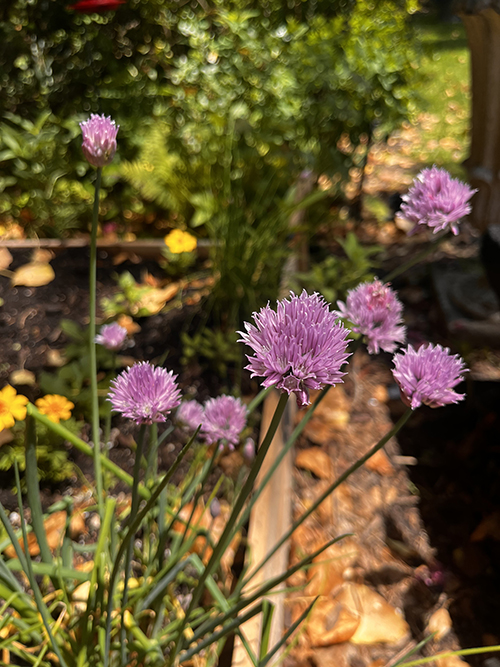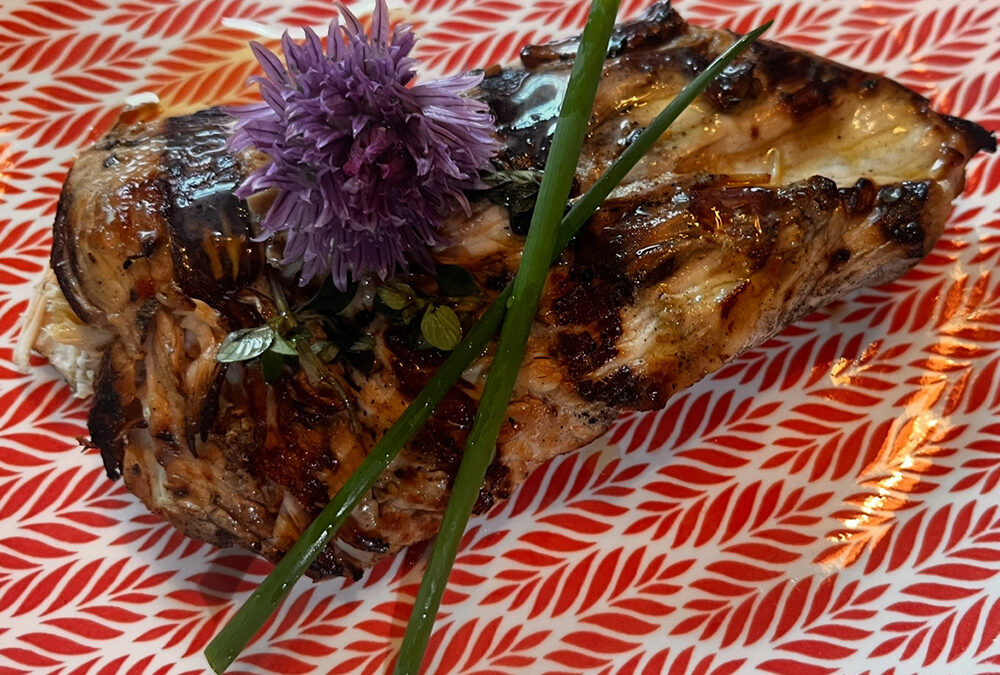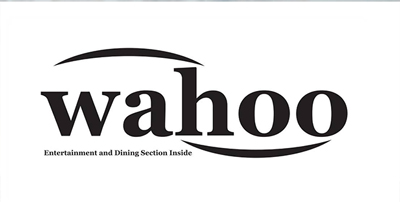By Tammy Thornton
When most people think of chives, they picture the cut green stems sprinkled over a steaming hot baked potato. While this is a wonderful way to enjoy chives, did you know that the buds and flowers are also edible? If you have them growing in your own garden, take a close look because this time of year in South Jersey, you may find small buds forming on the green stems. In my garden, the purple, clover-like pom-pom flowers have already burst open, with new buds close behind.
Chives are perennial herbs in the onion (Allium) family and can continue to come back year after year. They are easy to grow from seed and can be grown indoors as well as outside in the garden. If you don’t feel like waiting for the seeds to grow, buy a plant from the garden nursery once, and you should not need to buy another. As your chive grows, bulbs will multiply underground, and eventually the clump can be divided, giving you more plants. When in bloom, they make a pretty little border in the vegetable garden and will readily reseed from the spent flowers. Cut the leaves and stems a few inches from the soil, and they will regrow. It’s the plant that just keeps on giving.
You can use the stems and leaves just the same as when eating the green parts of scallions. The buds and flowers have a lighter flavor than other members of their onion family. Using the buds and flowers in omelettes and other egg dishes is a favored way to enjoy chives. The delicate flavor of the flowers is not as intense as onions, so they can be enjoyed raw as well as cooked. Try them in salads or homemade breads, like focaccia.

After picking the flower heads, be sure to plunge them in water to remove any dirt or little bugs that might be hiding, then pat them dry. Each of these flower balls contains a cluster of florets. Break open the flower head to free these florets and sprinkle them onto your favorite savory dishes.
Chive blossom butter is another fun way to enjoy your chive flowers. Simply mix the florets into softened butter, roll into a shape, and wrap with plastic wrap before chilling. A pat of chive blossom butter would be delicious on a grilled steak or spread on rolls fresh out of the oven. Use this same method to add chive florets to cream cheese.
You can also add the dried flowers to white vinegar for chive flower vinegar. Allow the flower heads to seep in the vinegar, and it will turn a delightful pink color. You can then strain out the flowers, leaving you with a unique vinegar that could be used in salad dressing and other dishes. The florets can also be added to kosher salt and dried to make chive blossom salt.
Chive flowers are pretty enough to eat and will add a special touch to your dishes. We would love to know your favorite way to enjoy chives. Send your comments and questions to shorelocalgardener@gmail.com.
Tammy Thornton lives with her husband, children, and crazy pets while enjoying a life of gardening, cooking, and going to the beach.

















